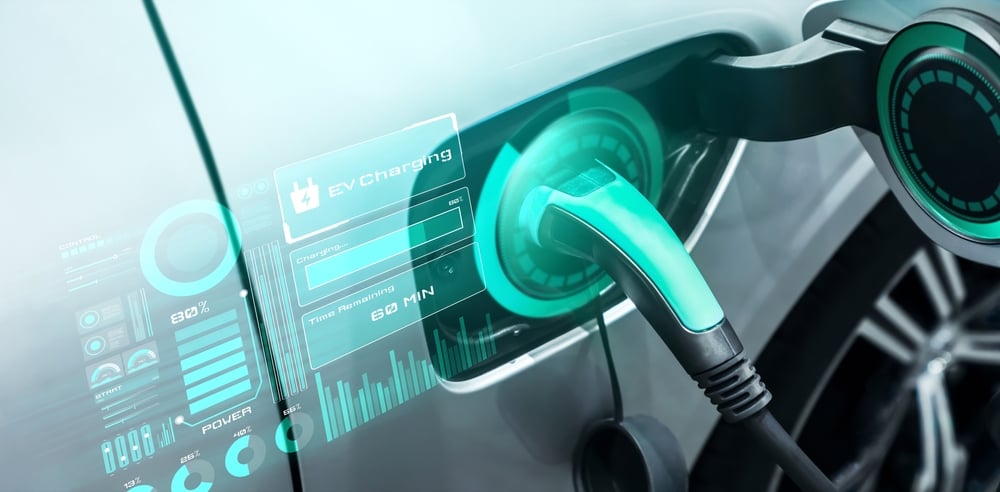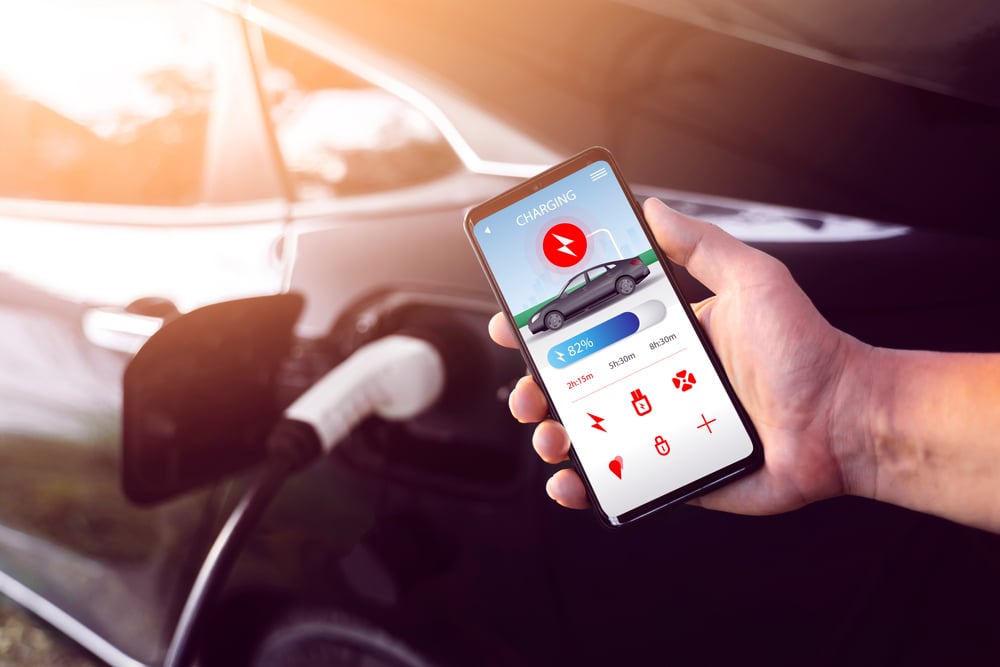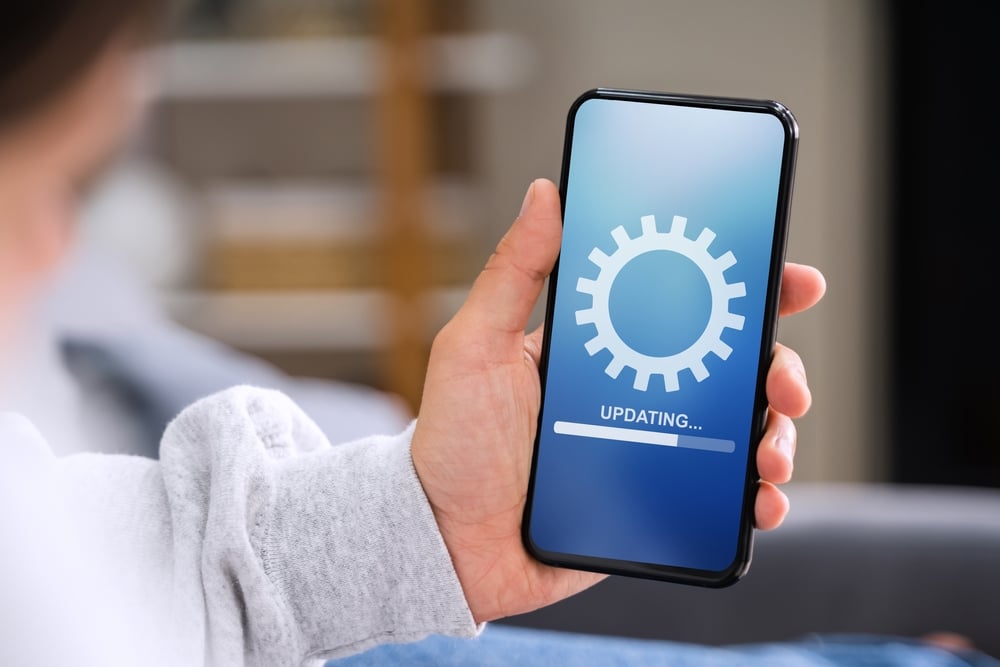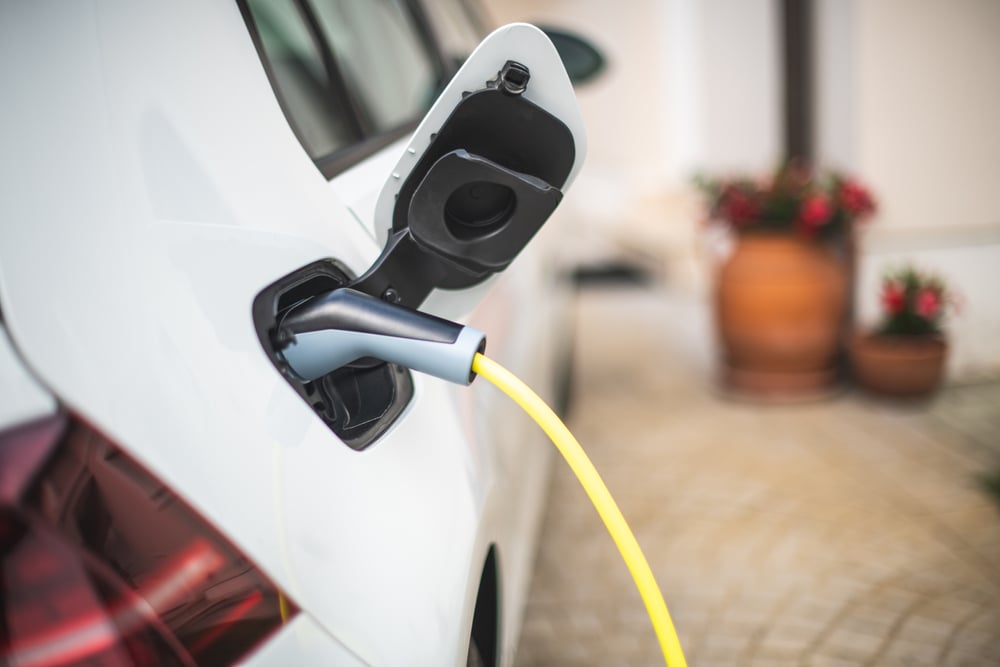
What a lot of people don’t realize is that an electric car charger can be a lot more than a simple piece of equipment that you use to plug in your EV. Nowadays, most chargers – especially more recent models – tend to be connected, which can unlock a range of possibilities to enhance a user’s ability to control the charging process.
The growth of connected chargers is further propelled by government regulations mandating them, as is already the case in the UK and is expected in the EU and US as well. In fact, a study from Berg Insight estimates the number of connected EV charging points will reach 7.9 million by 2025, with an annual growth rate (CAGR) of 33% in Europe and 25% in North America.
Clearly, connected EV charging stations are growing rapidly. But what exactly is a connected charging station, and what are the benefits for you as a driver?

What is a connected home EV charging station?
As the name suggests, a connected EV charging station is a charger capable of establishing a wireless connection, typically via Bluetooth or the internet. It allows real-time communication between the charging station, the EV driver, and the maintenance and service provider.
In other words, a connected charger can provide greater control to the EV driver and often even unlock insights into the charging process and user behavior. Typically, this connectivity is managed through a charging app, which allows users to view and control charging sessions and settings from their phones. But this connectivity also works in the background and makes it easier to optimize the station's performance, update its software, and even allow for easier troubleshooting.
In comparison, a non-connected charger doesn’t allow any of these types of communication and is generally limited to simply charging an EV when plugged in.
Is connected EV charging the same as smart EV charging?
While “connected EV charging” and “smart EV charging” both sound like they could be interchangeable, they aren’t.
While every smart charging station is connected, not every connected charging station has smart charging functionalities.
With so many new terms floating around, it’s understandable to get confused, so let’s take a closer look at what smart charging is.

Smart charging can’t be defined as simply one thing, it’s an umbrella term referring to various intelligent functionalities that can improve the charging experience greatly. Examples of smart EV charging features are dynamic load balancing, vehicle-to-home (V2H), or renewable energy integration.
The benefits of having a connected EV home charging station
Connected charging unlocks a series of benefits, both for the EV driver as well as the maintenance or service provider. From the driver’s perspective, the connectivity enables getting clear insights and having more control of charging sessions, while for the maintenance and service provider, it allows for easier performance optimization and in some cases, even remote software updates and troubleshooting.
Connecting to a home charging app
A connected charging station allows you as a user to manage your station more easily and monitor its performance by connecting it to a charging app on your smartphone or tablet. While there is a wide variety of charging apps available, in principle these applications are designed so that you can monitor the station’s performance, customize its settings to your preference, and control each charging session from start to finish. All from the comfort of your smartphone.
In addition to these features, many charging apps offer a variety of charging management tools to help you collect data and insights, manage your energy consumption and costs, and –if available– use smart charging features.

Next to this, a charging app often will ask you for permission to automatically share diagnostics information, which can help improve the station’s software over time.
While sharing data usage mostly happens in the background, charging apps tend to keep you updated on individual charging sessions. Most apps will often use notifications to tell you when the charging session is completed or when something went wrong and help you reach support and service.
Receiving software updates
Generally speaking, software updates are super common with most technological devices we buy today: your phone, laptop, TV, and in some cases even your toothbrush is now able to receive periodical software updates to improve the user experience, correct bugs, safeguard privacy, or even provide access to entirely new features.
In order to receive software updates automatically, you need your device to be connected.
The same goes for your charging station.
In the long term, keeping your electric car charging station up-to-date with the latest software is crucial for ensuring optimal performance and data privacy, making a connected charger more future-proof than a standard, non-connected one.

Having access to remote troubleshooting
Finally, connected charging enables much more streamlined service and maintenance by giving providers real-time insight into a charger’s status and often allowing them to diagnose a problem remotely. In some cases, this can avoid having to schedule an in-person appointment altogether.
For cases when a visit remains necessary, remote troubleshooting can still allow the repairer to gather information about the issue, letting them know which tools to bring and what parts to order before even making the appointment.
This is beneficial for you as the charging station owner, as remote troubleshooting gives you immediate access to support and quicker clarity about potential next steps. But it’s also a lot better for the repairer, as they can reduce costs and time by eliminating unnecessary visits and having access to more accurate information.

As more and more people discover electric driving and the convenient experience of charging their cars at home, connected EV charging is emerging as an advantageous way to manage the charging process more efficiently and keep chargers up-to-date.
Connectivity is an important factor when considering getting an EV charging station; however, if you are considering installing a charger at home, there are many more aspects to consider. Check out our EV charging guide to provide a detailed overview of the different elements to think about when purchasing an electric car charger.